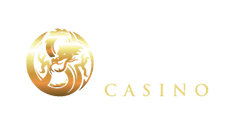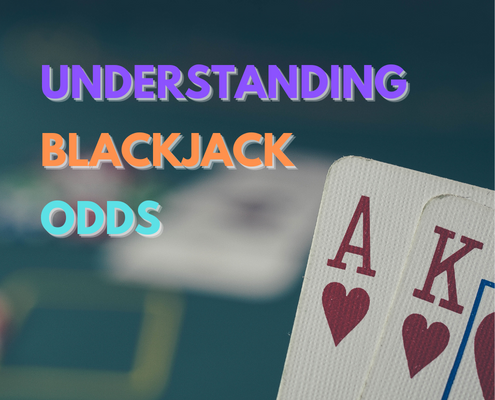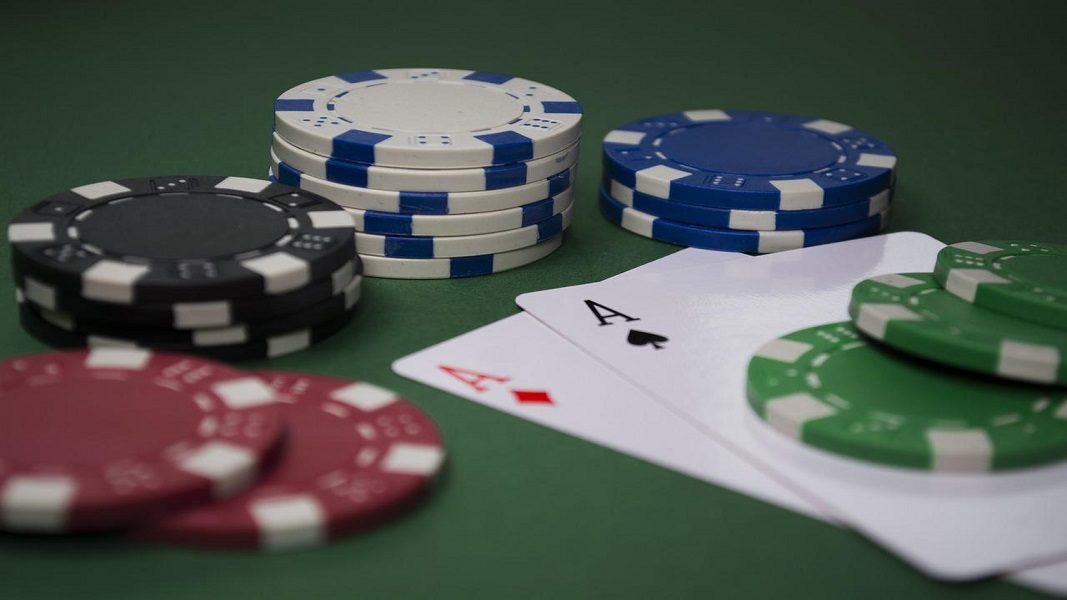The Perfect Blackjack Strategy Chart
Odds of Winning in Blackjack
The odds of winning in blackjack can vary depending on the variation of the game and the strategy used by the player. The industry standard on the probability of a win in a typical shoe blackjack game is 43.3%, a push is 8.7%, and a loss is 48.0% if you use the basic strategy. When we ignore the pushes, the probability of winning is 47.4%, and the probability of losing is 52.6%.
The odds of having a victorious round in blackjack are 42.22%. To calculate the odds for your hand, use the formula: O = Y / (1 – Y), where O stands for odds, Y is the number of desired outcomes, and 1 should be substituted with the number of total possible outcomes.
The game of blackjack has the best odds for players compared to any other table game, including poker and baccarat. The chances of winning any given blackjack round are 42.22%, the tie stands at 8.48%, and the loss has a 49.10% probability.
A formula to calculate the odds of winning at blackjack with a natural. The probability of an ace being dealt first is 4/52, and the probability of a 10-value card coming up first is 16/52. The probability of an ace coming up second is 4/51, and the probability of a 10-value card coming up second is 16/51. The last two results are based on the assumption that the first card has already been dealt.
Blackjack House Odds and Bust Probability
The house odds refer to the advantage that the casino has over the player in any given round of the game. The house edge is calculated by subtracting the expected return for the player from the amount wagered. The house edge for blackjack varies depending on the rules of the game, the number of decks used, and the playing strategy of the player. On average, the house edge for blackjack is around 0.5%.
Bust probability refers to the likelihood that a player will go over 21 points in their hand, causing them to lose the round. This probability is influenced by the player’s current hand total, the dealer’s up card, and the number of decks used in the game. It is generally recommended that players stand on a hand total of 17 or higher and hit on a hand total of 16 or lower to minimize their bust probability.
| Dealer Up Card | Bust Rates |
| 2 | 35.30% |
| 3 | 37.56% |
| 4 | 40.28% |
| 5 | 42.89% |
| 6 | 42.08% |
| 7 | 25.99% |
| 8 | 23.86% |
| 9 | 23.34% |
| 10 | 21.43% |
| A | 11.65% |
Blackjack Player Odds and Bust Probability
The odds of a player winning a hand are dependent on the combination of cards in their hand and the upcard of the dealer. Generally, the odds of winning increase when the player has a hand value of 12-16 and decrease when the hand value is 17 or higher.
The bust probability for a player in blackjack is the likelihood that the player’s hand value will exceed 21, resulting in a loss. This probability is higher when the player’s hand value is closer to 21, and can be reduced by taking additional cards.
| Player Hand Value | Overall Odds of getting a Bust from a Hit |
| 11 and under | 0% |
| 12 | 31% |
| 13 | 39% |
| 14 | 56% |
| 15 | 58% |
| 16 | 62% |
| 17 | 69% |
| 18 | 77% |
| 19 | 85% |
| 20 | 92% |
| 21 | 100% |
How Do You Improve Your Blackjack Odds?
There are several ways to improve your blackjack odds, and some of them include:
- Basic strategy: A basic strategy is a set of rules that tells players the best action to take in any given situation. It’s based on mathematical calculations, and using it can reduce the house edge by up to 0.5%.
- Card counting: Card counting is a technique that involves keeping track of the cards that have been played to gain an advantage over the house. It’s an advanced technique and is not recommended for beginners.
- Choosing the right table: Choosing the right table can also impact your odds. Look for tables with favorable rules, such as those that allow players to double down after splitting and surrender.
- Bankroll management: Bankroll management is another essential aspect of improving your odds. Set a budget for yourself and stick to it. Don’t chase losses, and avoid going on tilt.
Return to Player (RTP) in Blackjack
The Return to Player (RTP) in blackjack is the percentage of total bets made that a player can expect to receive back over a long period of time. To calculate the RTP in blackjack, subtract the house edge of the blackjack variation from 100. For example, if you are playing Single Deck Blackjack, the house edge is 0.13%. The RTP can be calculated by subtracting the house edge from 100, which gives us an RTP of 99.87%.
Conclusion
In conclusion, blackjack is a game of skill and chance, with a relatively low house edge compared to other table games. The odds of winning in blackjack can vary depending on various factors such as the number of decks used, the rules of the game, and the strategy employed by the player. The basic strategy of blackjack is to have a hand total of 21 or as close to it as possible without going over.
To improve your odds of winning, it is important to follow basic strategy, understand the odds of the game, and to be mindful of the house edge. With practice and experience, players can increase their chances of winning and make the most of their time at the blackjack table.




